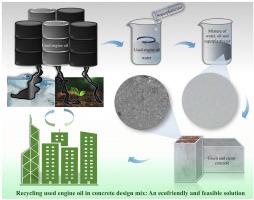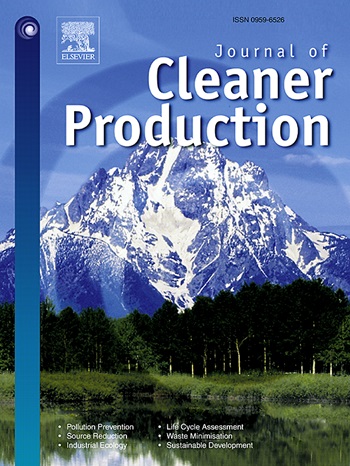Recycling used engine oil in concrete design mix: An ecofriendly and feasible solution
Abstract
Used engine oil (UEO) accumulation increases the risk of urban environment through soil contamination and water pollution. Incorporating UEO into concrete as chemical admixtures is a feasible approach for its disposal, since it can serve similar functions to water reducing agents and air entraining admixtures in developing sustainable and durable concrete. However, the dosage levels of UEO that can be incorporated into concrete are restricted to approximately 0.3–0.5% by weight of cementitious materials due to UEO's poor dispersion. In this study, a typical superplasticizer was employed to achieve good dispersion of UEO in ternary blended concrete with fly ash and silica fume. The workability performances and mechanical properties of concrete admixed with UEO were investigated through slump and compression tests. The experimental results reveal that ternary blended concrete containing a high dosage of UEO (5% by weight of cementitious materials) compared favorably to ordinary concrete without sacrificing workability and compressive properties. C60 concrete with a 2% dosage level of UEO exhibited the maximum improvement in compressive strength by 4.4%. In addition, a scanning electron microscope was used to reveal the microstructural origins behind the alterations in the mechanical properties. Microscale images demonstrate that the addition of UEO aids in the microstructure densification of concrete. The findings in this paper not only provide a clean and innovative UEO disposal approach but will also contribute to developing sustainable concrete in the construction industry.


 求助内容:
求助内容: 应助结果提醒方式:
应助结果提醒方式:


